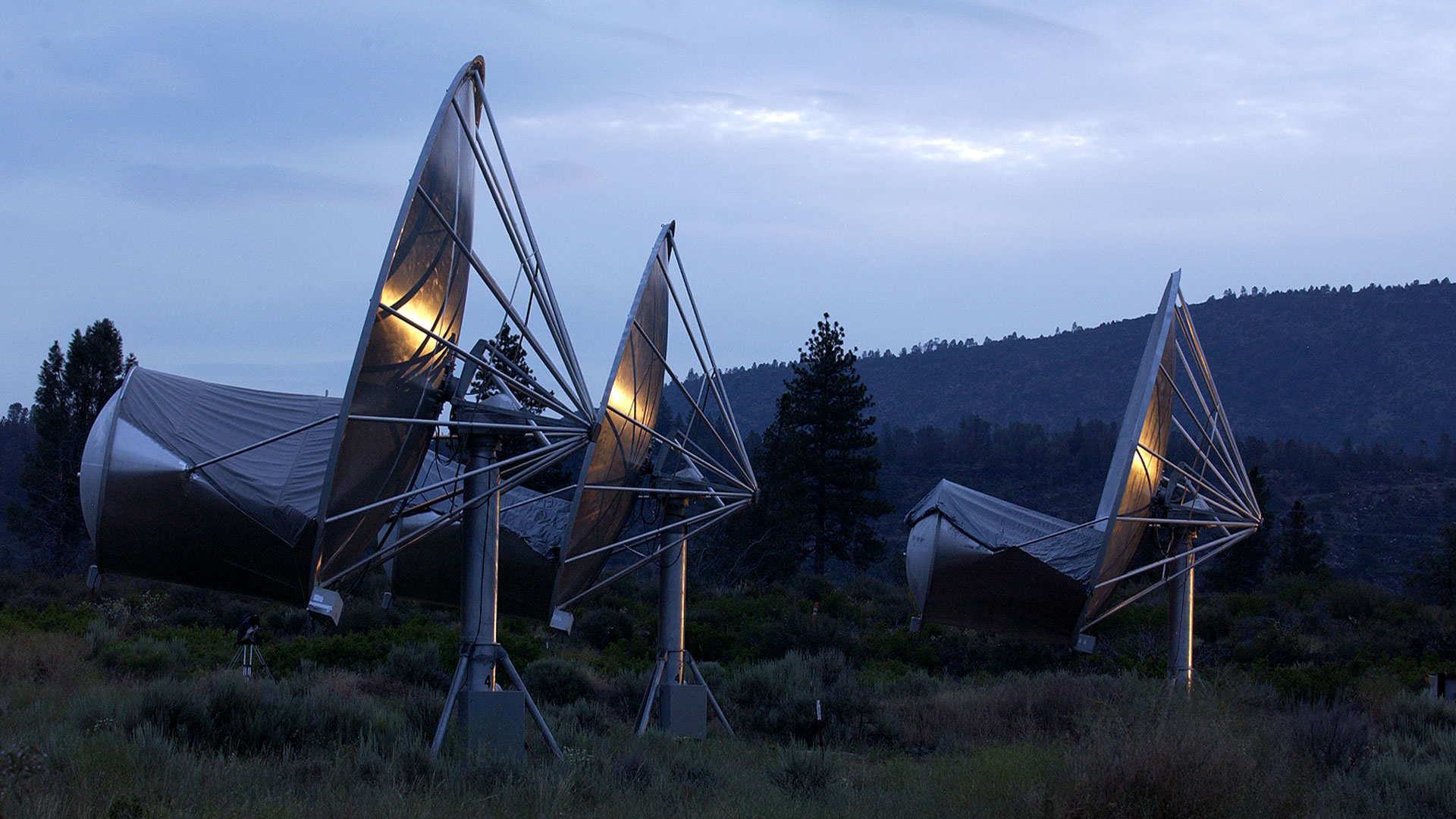Tuesday, June 11, 2024
June 11: Objectivity?
Monday, June 10, 2024
June 10: 3D Printing
3D Printing and Design
 |
| My final design |
Using Tinkercad to Create a Model that will be 3D Printed
Before today, I had almost no experience in 3D modeling and design other than watching my brother do it at home. Due to my inexperience, I chose to use Tinkercad to learn the basics of manipulating 3D models for my printing project. For my project, I decided to make a star-shaped keychain with my first initial (J) on it. I chose this because it is a basic design, but also requires all of the skills that I learned today.
By using Tinkercad, I learned how to measure models in the workspace and view how large they would print. I also learned how to properly embed text into a design so that the words come out in the desired clarity. For the keychain's hole, I learned how to create hollow shapes in order to make indents in my design, which also helped in creating my text.
Friday, June 7, 2024
June 7: Computational Thinking
Coding
Learning to use Python 2 for the first time
I completed the Python Syntax and Strings and Console Outputs sections, and barely started the Conditionals and Control Flow section
AI
Learning about ChatGPT's User Biases
Thursday, June 6, 2024
June 6: Pseudoscience
SETI: Science or Pseudoscience?
 |
| SETI Radios |
SETI is the search for extraterrestrial intelligence, but are the methods real or fake science?
My discussion group: John, Tanish, Trey, Gracelyn
Tuesday, June 4, 2024
June 4: Engineering Design Process
June 3: Self-Driving Cars
A Little About Me and My Governors School Experience
A Little About Me and My Governors School Experience
The sciences provide a world of possibilities for any interest, including emerging fields with little current knowhow. The Governors School for the Sciences and Engineering, otherwise known as GSSE, gives opportunities for the sciences to be discovered: materials science, math, physics, chemistry, biology, industrial systems, and general STEM topics. Despite these amazing opportunities, I was also drawn to the beautiful campus it is on, and the various labs to be explored. I have the privilege of studying the materials science course here, which correlates to my interest in nuclear technologies! Outside of my appreciation for the sciences, I am also an athlete on the wrestling team and a cadet in my high school's JROTC program. These activities take up most of my free time, but I also enjoy going out with friends and indulging in video games.
Me (middle) and my fellow captains (sides) at one of my JROTC Drill Meets
Coal versus Nuclear: Why You Shouldn’t Be Scared of Nuclear Power
Is nuclear energy safe? When considering clean sources of energy in comparison to coal, most people gravitate towards solar, wind, and hydro...
-
Coding Learning to use Python 2 for the first time Before today, I knew almost nothing about coding and programming. The last time I touche...
-
CAFOs and Intersectionality Issues with Factory Farms and the Nuances of Stopping Them Today we discussed CAFOs (concentrated animal feedin...
-
Machine Learning Dr. Schuman's Seminar on Machine Learning and its Applications For this class period, Dr. Schuman, who has a PhD in co...







